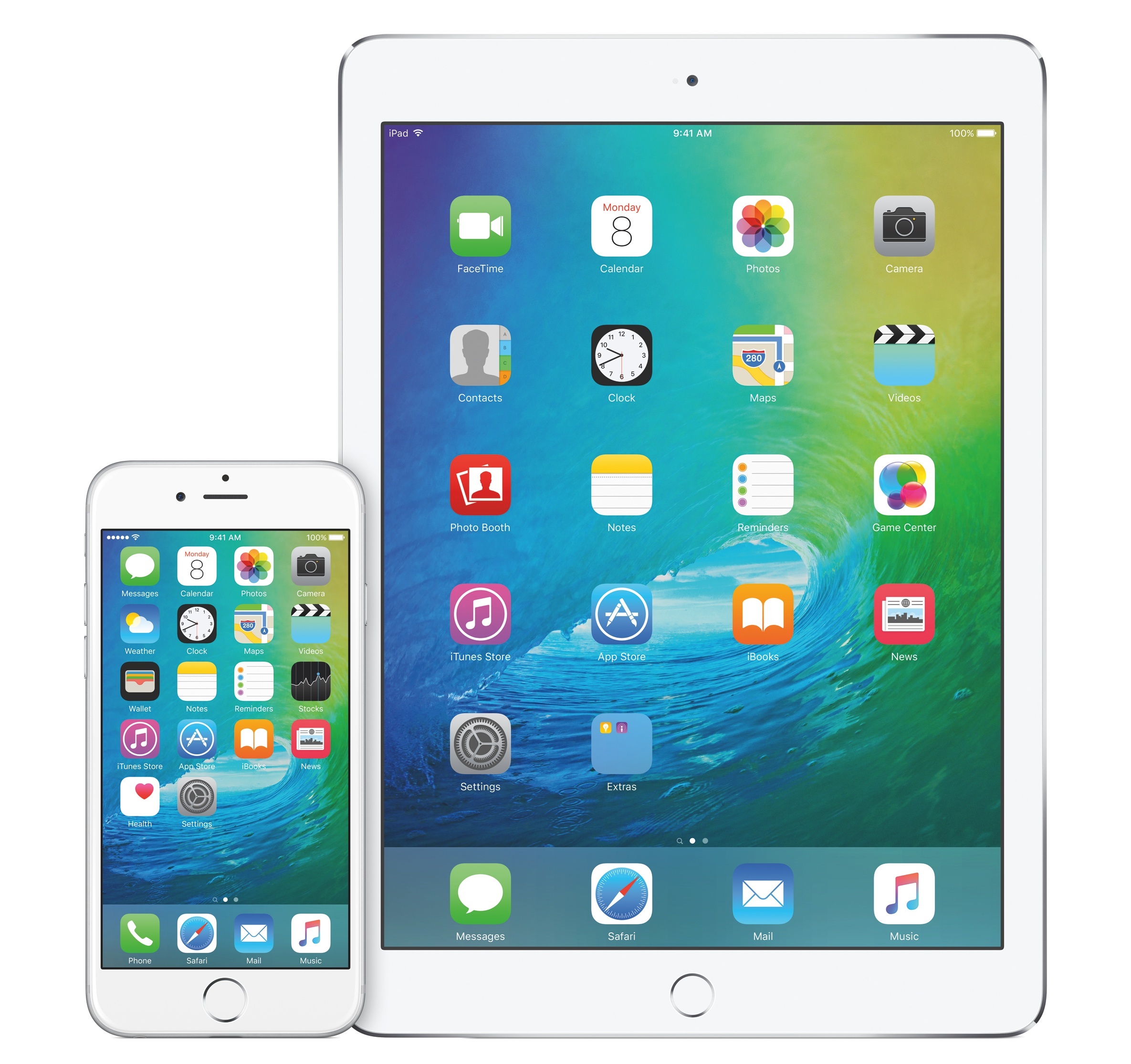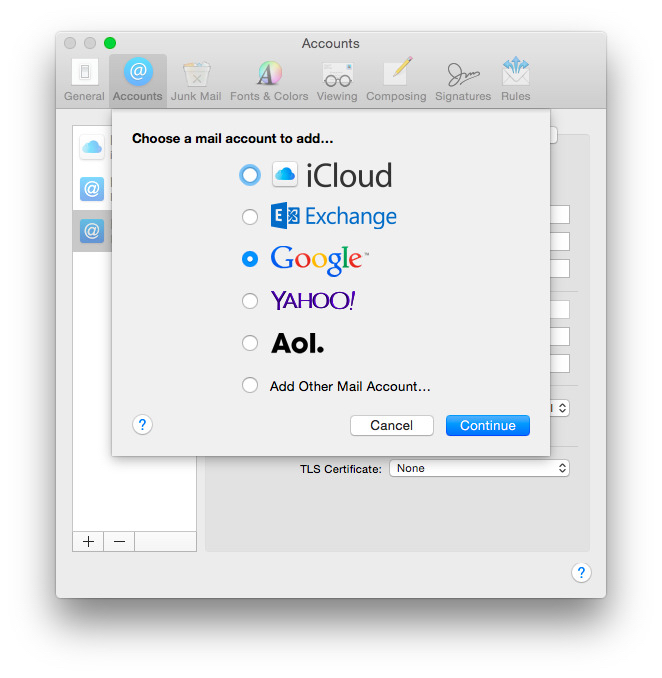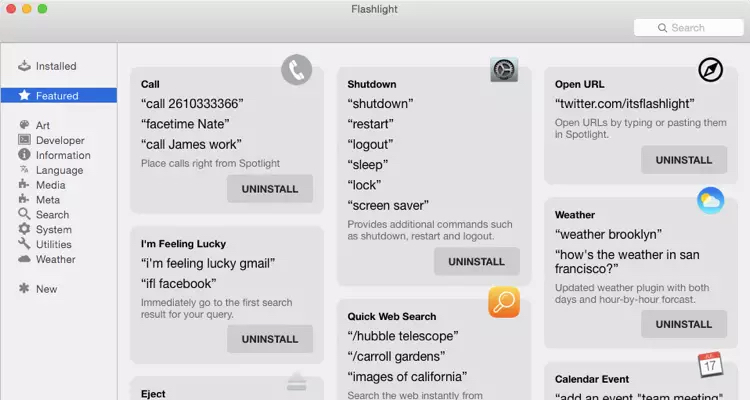Mindnode has been a favorite at MacStories for a while, and I’m happy to see a brand new version for Mac available today. MindNode 2.0 for Mac is an entirely new app, with an introductory price of $19.99 US ($29.99 after the intro sale).
The new version includes a variety of features that expand MindNode’s usefulness beyond simple mind mapping to make it a powerful tool for collaboration, polishing ideas, and writing (among the many things mind maps are great for). All this while maintaining the attributes that set it apart from the beginning: simplicity and elegance.
The new features include notes, something I’d always felt was an oversight in MindNode. I like to keep my topic titles as short as possible, and being able to expand on an idea or add extended thoughts via attached notes is vital. MindNode 2.0 does a nice job of indicating which nodes have notes with an unobtrusive icon while concealing the extra cruft. Notes can be included in the various export formats (PDF, Freemind, OPML, Image, Markdown, or text).
When I’m writing, mind maps are the first tool I employ to brainstorm, develop, and begin structuring a piece. The outline view in MindNode (new to the Mac version) means I can see a linear view of my content as I work in the less restrictive format of a mind map. Being able to include notes in the Markdown export means that I can even begin developing paragraphs right in the mind map.
That leads me to mention my favorite new feature: the ability to preview the rendered Markdown from a mind map while I work using Marked 2 (my own Markdown preview and writing tool). Click File -> Advanced -> Open in Marked and a full preview of the Markdown export, including notes, will update every time the mind map saves. (iThoughtsX has Marked integration, as well.)
MindNode had also been missing the ability to add icons and markers to nodes, but not anymore. The “Stickers” feature lets you choose from a custom set of tinted icons to set ideas apart. You can also add labels to connections to help make things more scannable.
MindJet MindManager users will be happy to hear that MindNode can now import your existing maps. I switched away from MindManager a while ago, but used it for years, accumulating a significant pile of brainstorms in mmap format. Being able to access Mindjet’s proprietary format in my tools of choice is important to my sanity.
The MindNode update also boasts improvements in smart layout, theme customization, and visual refinements.
Also new to the Mac version, the MyMindNode web service allows you to publish your maps on the web and link or embed them in a blog or web page. Maps can be re-published at the same URL as they’re updated.
If you’re looking to up your brainstorming game, you can find MindNode 2.0 on the Mac App Store.






